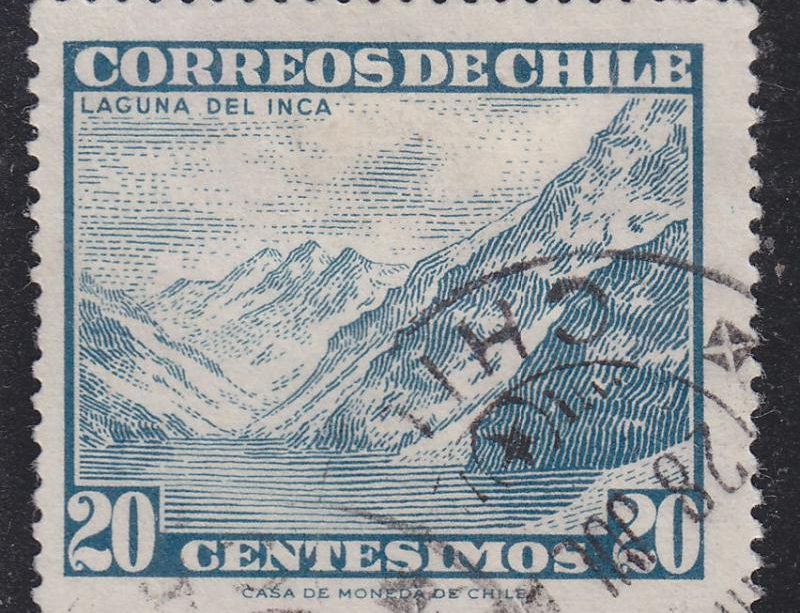The Wonders of South America: A Cultural and Geographical Overview

Introduction
South America is a continent rich in culture, history, and biodiversity. It is home to vibrant societies, stunning landscapes, and diverse ecosystems that support an abundance of wildlife. With recent political and economic developments, understanding South America is more important than ever for those interested in the global landscape.
Geographical Diversity
South America spans over 17.84 million square kilometres and showcases a variety of geographical features. From the Andes mountains, the longest continental mountain range in the world, to the Amazon rainforest, the largest tropical rainforest, the continent provides a diverse array of climates and habitats. Countries like Brazil, Argentina, Colombia, and Chile each offer distinct environments ranging from tropical beaches to sprawling deserts.
Cultural Richness
The cultural tapestry of South America is woven with influences from Indigenous peoples, colonisation by European powers, and African heritage. Traditional festivals, such as Carnival in Brazil or Inti Raymi in Peru, display the continent’s dynamic traditions and ceremonies. Spanish and Portuguese are the predominant languages, but there are also numerous Indigenous languages that reflect the rich history of the continent.
Current Events and Economic Developments
In recent news, South America has faced challenges including economic instability and political unrest in countries like Venezuela and Bolivia. However, efforts to promote trade agreements among Mercosur (Southern Common Market) member states—Argentina, Brazil, Paraguay, and Uruguay—indicate a move towards economic recovery and partnership. Furthermore, the region’s vast natural resources present significant opportunities for investment, particularly in sectors like agriculture, mining, and renewable energy.
Importance of Tourism
Tourism continues to be a vital part of South America’s economy, attracting millions of visitors annually to its iconic landmarks, such as Machu Picchu in Peru, the Iguazu Falls that straddle Brazil and Argentina, and the cultural hubs of Buenos Aires and Rio de Janeiro. The reopening of borders post-pandemic is anticipated to boost this crucial sector, providing opportunities for economic revival and fostering connections with global audiences.
Conclusion
South America is a continent of contrasts, offering a wealth of experiences that highlight both its historical significance and contemporary relevance. As nations navigate their internal challenges and work towards greater collaboration, the potential for growth and cultural exchange continues to expand. For travellers and researchers alike, the importance of understanding South America lies not only in its past but also in its ability to adapt and thrive in an ever-changing world.









